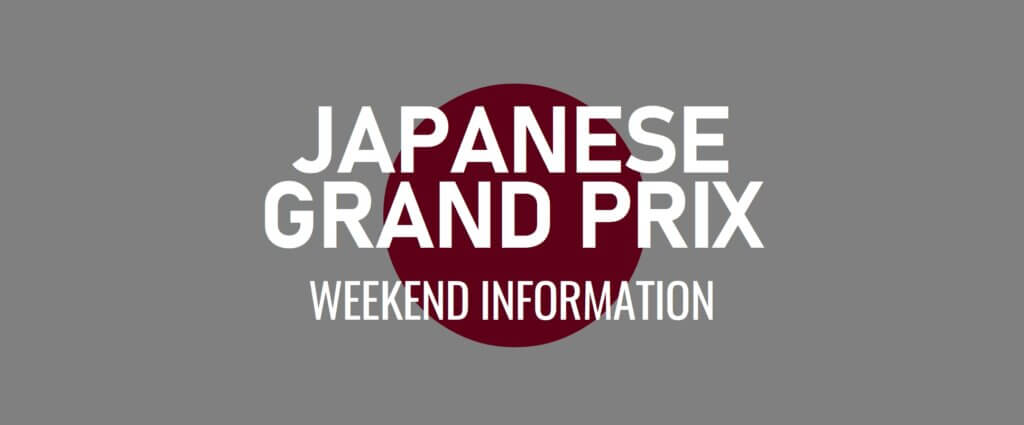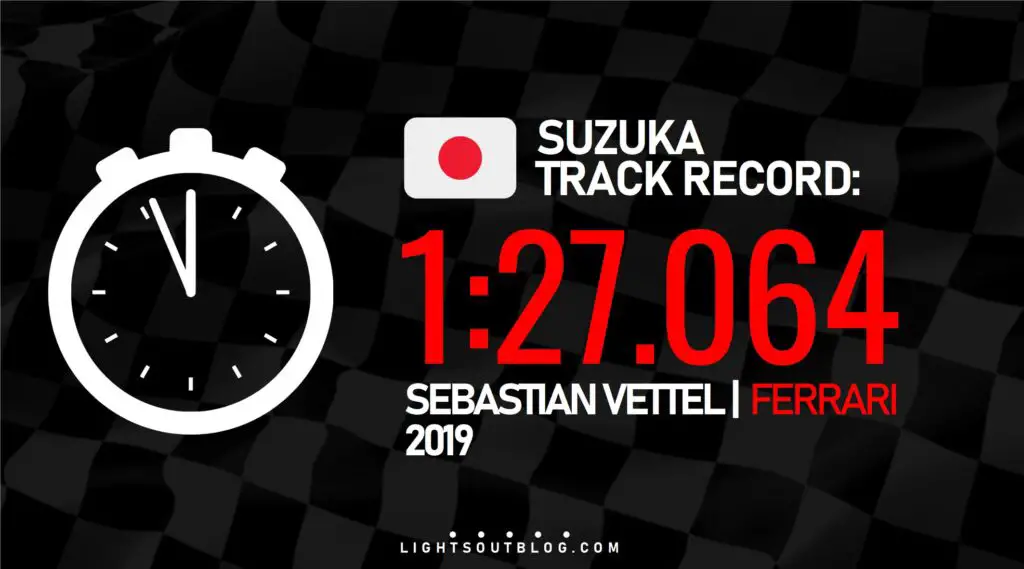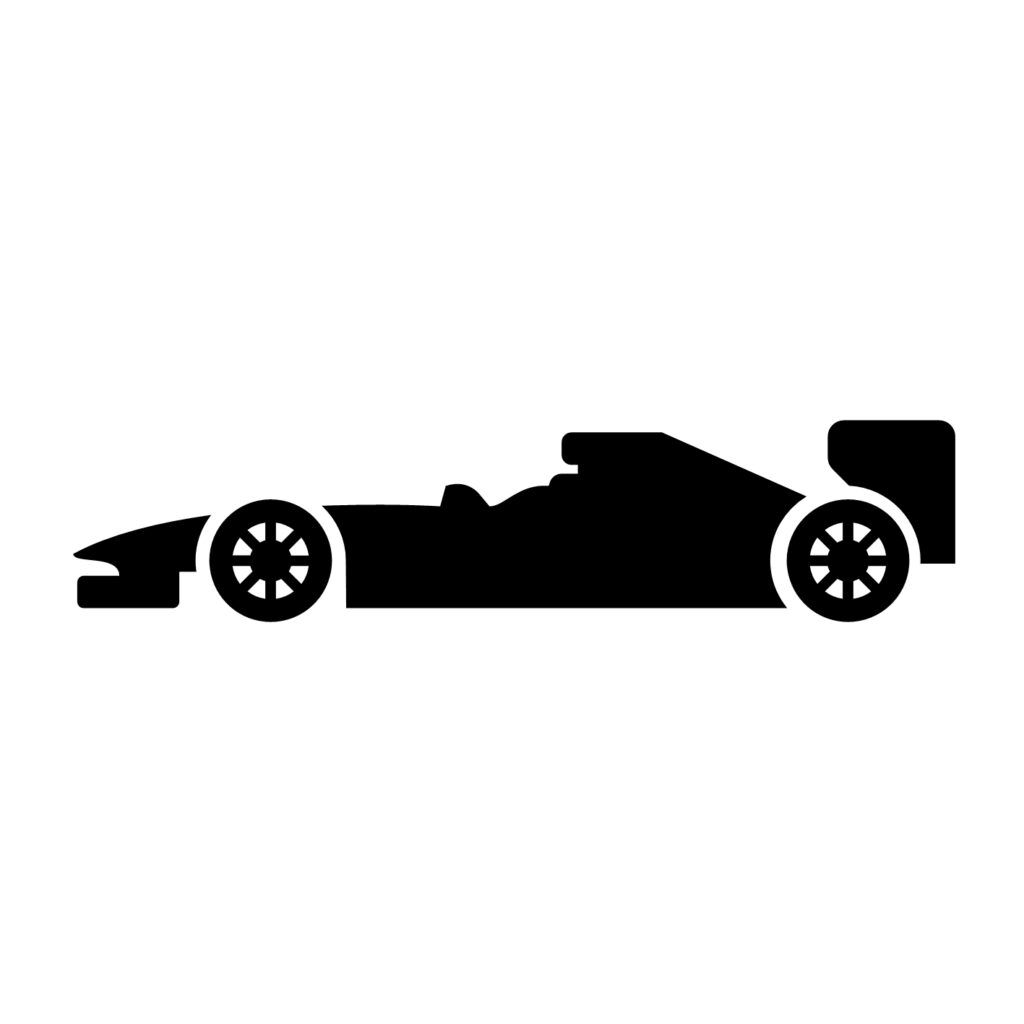
F1’s only figure of eight circuit has moved to an earlier slot on the calendar in recent years. Suzuka ranks among the most challenging circuits to master. The 2025 Japanese Grand Prix is set to take place on April 6.
1128th F1 GRAND PRIX | 49th JAPANESE GRAND PRIX | 35th GRAND PRIX AT SUZUKA
2024 POLESITTER: MAX VERSTAPPEN | 2024 WINNER: MAX VERSTAPPEN
2025 JAPANESE GRAND PRIX: WEEKEND SCHEDULE
Friday April 4
Free Practice 1 – 11:30am Local Time / 3:30am UK Time
Free Practice 2 – 3:00pm Local Time / 7:00am UK Time
Saturday April 5
Free Practice 3 – 11:30am Local Time / 3:30am UK Time
Qualifying- 3:00pm Local Time / 7:00am UK Time
Sunday April 6
The 2025 Japanese Grand Prix – 2:00pm Local Time / 6:00am UK Time
2025 JAPANESE GRAND PRIX: WEEKEND MILESTONES
Michael Schumacher currently holds the record for most Japanese Grand Prix wins, with six. His record could be equalled at the 2025 Japanese Grand Prix by Lewis Hamilton. Hamilton cannot equal Schumacher’s Suzuka win record, however, as one of Hamilton’s Japanese Grand Prix wins came at Fuji Speedway.
Ferrari, McLaren and Red Bull are all tied as the team with the most wins at Suzuka. Either team could set a new outright record at the 2025 Japanese Grand Prix, while Mercedes could equal the existing record.
A podium finish for Lewis Hamilton at the 2025 Japanese Grand Prix would see him equal Michael Schumacher for the most podium finishes at the Japanese Grand Prix in its time on the F1 calendar. Schumacher holds the current record, with nine top three finishes to his name. All nine of Schumacher’s Japanese Grand Prix podiums came at Suzuka, while seven of Hamilton’s eight were recorded at the track.
If he leads eight laps of the 2025 Japanese Grand Prix, Lewis Hamilton will overtake Sebastian Vettel as the driver to have led the second-most laps at Suzuka.
READ MORE IN MILESTONES AND RECORDS TO BREAK
LEARN MORE ABOUT THE 2025 JAPANESE GRAND PRIX
WHAT HAS CHANGED AT THE CIRCUIT SINCE LAST YEAR?
Changes to the circuit since last year’s race will be posted here.
HOW MANY DRS ZONES WILL THERE BE AT THE 2025 JAPANESE GRAND PRIX?
It’s yet to be announced how many DRS zones there will be at the 2025 Japanese Grand Prix. Last year, there was a single DRS zone. The detection point was loacted before Turn 16, while the activation zone was on the main straight.
SUZUKA TRACK GUIDE
Mastering the flowing nature of Suzuka requires an enormous attention to detail. The only figure of eight circuit on Formula 1’s calendar is regarded as one of the most technically challenging of the year.
The Suzuka circuit was built as a test track for Japanese manufacturer Honda in 1962. The circuit, which was designed by John Hugenholtz, is situated 30 miles south-west of Nagoya. While Honda tested their latest motorbikes and cars, the track was seen as too good to be used only for testing, and so racing began at the circuit. For its first years of existence, the track was used only for national events. Formula 1 ventured into Japan in the mid-seventies with a couple of races at Fuji, before the death of a marshal in the 1977 race put a halt to the sport’s tenure there. Suzuka was finally placed on the calendar in 1987.
The elevation change around the track is one of the factors which makes Suzuka such a demanding track. The drivers travel downhill into the long first bend, before ascending up through the esses. Near the end of the track – after the drivers have passed over the circuit in the only figure of eight layout on the calendar – the drivers hurtle into 130R, which is one of the fastest corners of the year, taken at just under 190mph, before the cars approach the final chicane – the slowest section of the track.
READ MORE IN OUR ULTIMATE TRACK GUIDE
WHO WILL BE IN THE 2025 JAPANESE GRAND PRIX PRESS CONFERENCES?
The world’s media will have the opportunity to talk to the drivers ahead of the on-track action. The drivers appearing in the press conference for this race are yet to be announced.
The media will also be talking to prominent members of Formula 1’s teams in a separate press conference over the race weekend. The team members appearing in the press conference are yet to be announced.
WHO WILL BE THE RACE DIRECTOR AT THE 2025 JAPANESE GRAND PRIX?
Rui Marques will be the race director at the 2025 Japanese Grand Prix.
WHO WILL BE THE DRIVER STEWARD AT THE 2025 JAPANESE GRAND PRIX?
Each weekend a former Formula 1 driver, or a driver from another prominent series of motorsport, joins the stewards to help judge any incidents from a drivers’ perspective. The Driver Steward this weekend is yet to be announced.
WHICH TYRE COMPOUNDS WILL BE USED AT THE 2025 JAPANESE GRAND PRIX?
Pirelli have announced that the C1, C2 and C3 tyre compounds will be used at the 2025 Japanese Grand Prix. The C1, C2 and C3 compounds were also used in 2024.
WHAT HAPPENED LAST TIME AT THE JAPANESE GRAND PRIX?
Max Verstappen led home a Red Bull 1-2 at the 2024 Japanese Grand Prix, in a Suzuka race that was red-flagged on the opening lap.
After a crash for Logan Sargeant in a dry Free Practice 1, a wet Free Practice 2 meant that there was a lack of meaningful running on Friday at the 2024 Japanese Grand Prix. The dry conditions returned on Saturday, where Max Verstappen secured pole position ahead of his team-mate Sergio Perez.
At the start of Sunday’s race, the Red Bulls held their formation with McLaren’s Lando Norris ahead of Carlos Sainz and Fernando Alonso. Racing lasted only a few corners before Daniel Ricciardo and Alex Albon made contact through the opening esses, with the duo hitting the barriers. The race was red-flagged while the wrecked cars were cleared away.
When the race restarted, the leaders once again maintained the same order. Further back, the two Alpine drivers made slight contact when leaving the starting grid. George Russell made up places in the opening laps, leading Mercedes to tell Lewis Hamilton to move aside to let his faster team-mate through into fifth position on Lap 14.
130R became a prime overtaking spot for Sergio Perez, who passed both Mercedes on consecutive laps at the fearsomely fast corner. Most drivers had made their first stops by the midpoint of the race, aside from Charles Leclerc, who Verstappen had to pass for the lead on track. On Lap 26, a wide moment for the Ferrari driver saw Perez take back second place.
In the midpack, Yuki Tsunoda, Kevin Magnussen, Valtteri Bottas, Lance Stroll and Logan Sargeant all pitted at the same time, leading to the quintet all leaving the pit lane nose to tail. Sargeant later had his second trip into the gravel of the weekend, putting him half a lap behind the nearest car ahead.
Sainz fell from third to fifth place with a pit stop on Lap 37. The Ferrari driver soon began making up places, passing former team-mate Norris and Ferrari team-mate Leclerc to run third once more. Behind them, Oscar Piastri and George Russell made contact at the final chicane as the duo battled over seventh place, with Russell securing seventh on the final lap.
Verstappen led home a Red Bull 1-2, making it the fourth race in a row at which a team had secured a 1-2 finish. Ferrari, McLaren, Mercedes and Aston Martin were the only other teams to score points.
WHAT’S THE FASTEST EVER LAP AT THE JAPANESE GRAND PRIX?

Attending the 2025Japanese Grand Prix? Learn more about visiting Suzuka in the F1Destinations Travel Guide.




